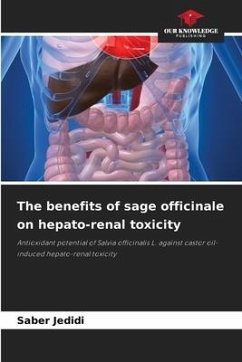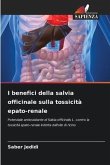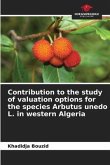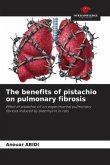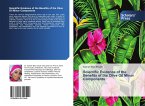Phenolic compounds are secondary metabolites that are widely used as powerful alternatives to synthetic drugs. The present study was carried out to evaluate the hepato-nephroprotective role of Salvia officinalis aqueous leaf extract (EASO) against castor oil (RH)-induced liver and kidney toxicities in Wistar rats. Results showed that EASO offered significant protection against HR-induced macroscopic liver and kidney alterations. In addition, EASO corrected lipid peroxidation, depletion of enzymatic antioxidants (SOD, CAT and GPx) and non-enzymatic antioxidants (GSH and -SH groups) induced by HR administration. We also demonstrated that EASO protects against castor oil-induced inflammation. In conclusion, our data suggest that EASO at increasing doses exerted a protective effect against all the macroscopic and biochemical disturbances induced by HR intoxication. Thus, sage consumption is strongly recommended as a strategy in the treatment of hepato-renal disorders.
Bitte wählen Sie Ihr Anliegen aus.
Rechnungen
Retourenschein anfordern
Bestellstatus
Storno

